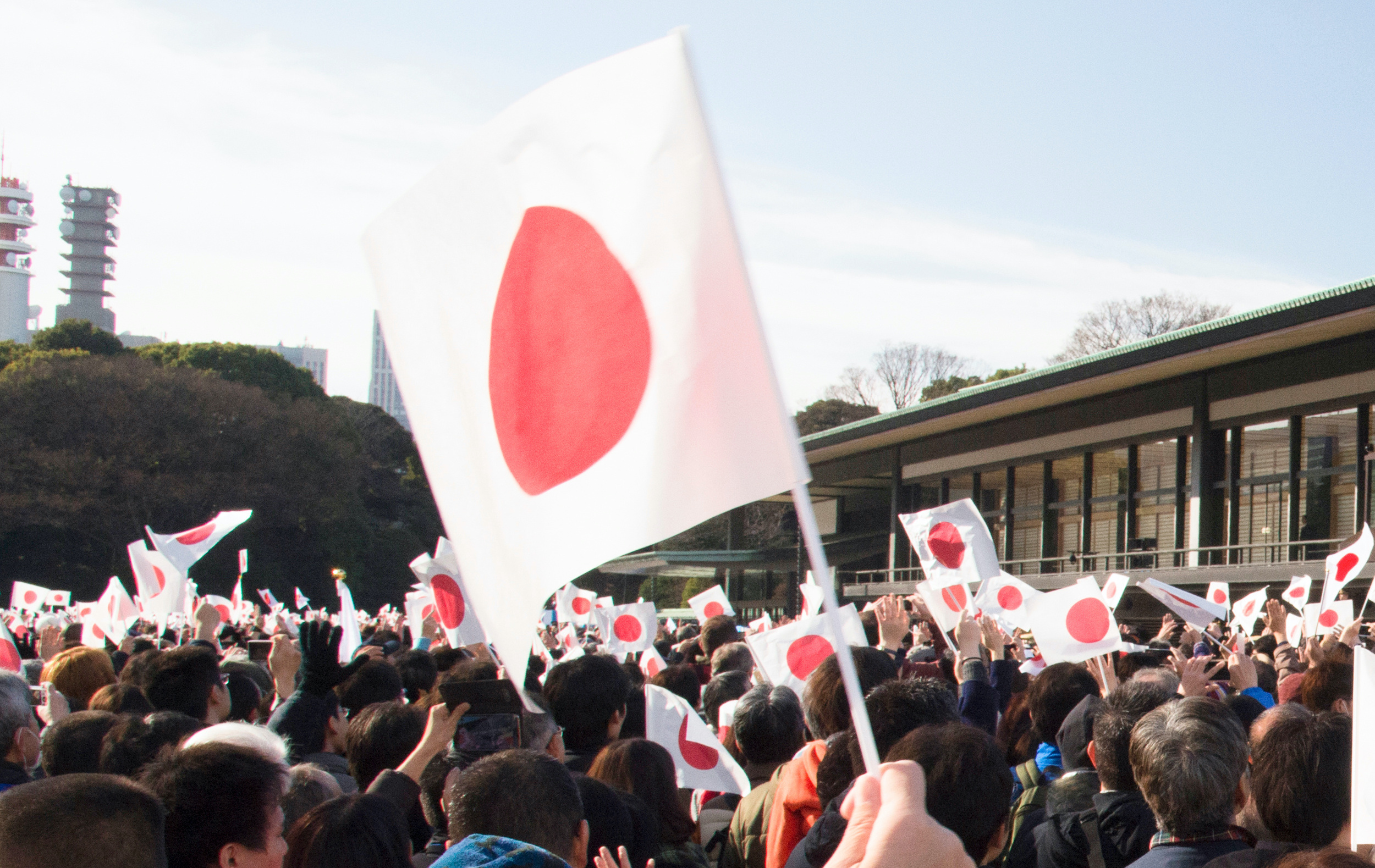




Policy Rate Updates: Double cut finale
 DOWNLOAD
DOWNLOAD

Monthly Economic Update: One for the road
 DOWNLOAD
DOWNLOAD

Inflation Update: Still low, still slow
 DOWNLOAD
DOWNLOAD


Yen trips past 160-per-dollar to April 1990 lows

SINGAPORE – The Japanese yen hit its weakest levels since April 1990 on Monday, in trading thinned by a holiday in Japan and attempts by traders to test key levels and stop-loss orders in a nervous, illiquid market.
The dollar rose as far as 160.245 yen in a sudden move after the yen traded in a narrow 158.05-158.15 range in early deals.
A portfolio manager said “stops” on the pair at the key 160 level had been “taken out”, meaning the yen’s descent had forced those with long yen holdings and stop-loss orders around that big level to square positions, exacerbating its slide.
The yen’s move barely affected the euro and sterling, both of which stayed near the bottom of the ranges hit during Friday’s volatile session.
Markets are on guard for any intervention by Japanese authorities to contain the yen’s nearly 11% fall this year.
While the yen had its biggest drop in six months on Friday, it also briefly surged to 154.97 to the dollar, triggering speculation that Japanese authorities may have checked currency rates ahead of likely intervention. It was not immediately clear what caused the move.
Japan’s yen was at 159.105 by 0200 GMT, down 0.5%. Tokyo markets were closed for the first of the country’s Golden Week holidays.
The yen had moved nearly 3.5 yen between 158.445 and 154.97 on Friday as traders vented their disappointment after the Bank of Japan kept policy settings unchanged and offered few clues on reducing its Japanese government bond (JGB) purchases – a move that might have put a floor under the yen.
The Federal Reserve‘s May 1 policy review is the prime focus for markets this week, with investors already anticipating a delay in its rate cuts after a batch of sticky U.S. inflation and as officials including Chair Jerome Powell emphasise even those plans are dependent on data.
Vishnu Varathan, head of Asia economics and strategy at Mizuho Bank in Singapore, expects the dollar-yen pair will see more two-way action until the Federal Open Market Committee (FOMC) meeting, unlike in the past few weeks when hawkish Fed expectations had kept the dollar steadily rising against most other currencies.
“The bar is pretty high for a sustained hawkish surprise, which would in turn lift yields,” he said, referring to the Fed.
“So, from a yield-spread perspective between U.S. Treasuries and JGBs, for that to continue to fuel further yen depreciation, the bar is really high because the Fed may not be tilting as hawkish as markets expect either.”
“The BOJ disappointment might be transcribed onto the FOMC insofar that they may be more undecided than decidedly hawkish.”
The Fed is seen holding its benchmark interest rate steady at 5.25%-to-5.5% at the April 30-May 1 meeting. Investors now see perhaps only a single cut this year, currently anticipated by November, according to the CME’s FedWatch tool.
Sterling was at $1.2522, up 0.22%, but still some distance from Friday’s $1.2541 highs.
This article originally appeared on reuters.com





 By Reuters
By Reuters